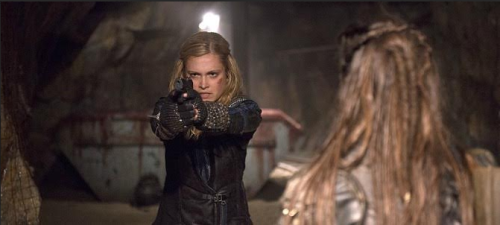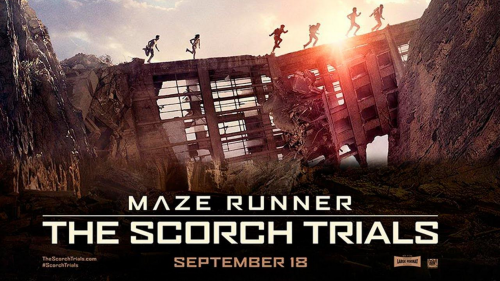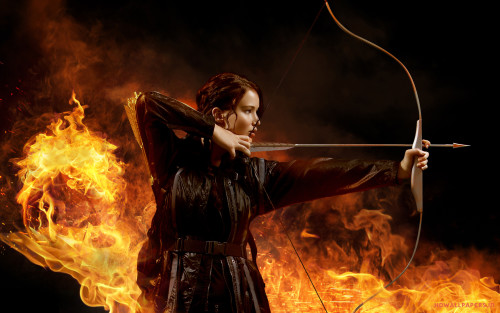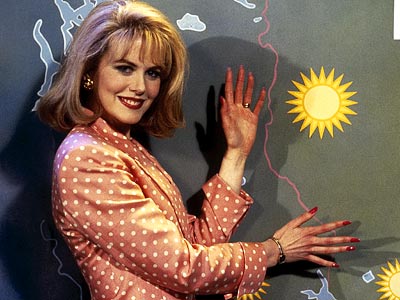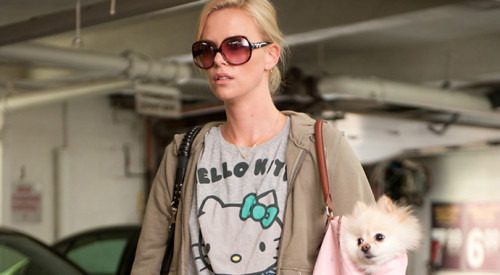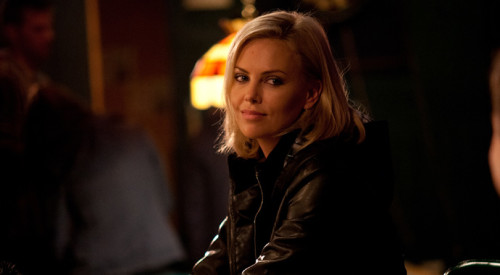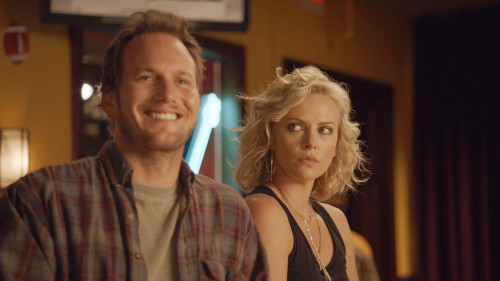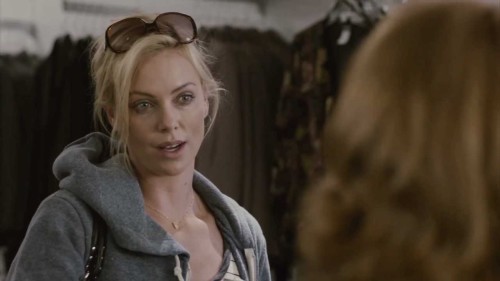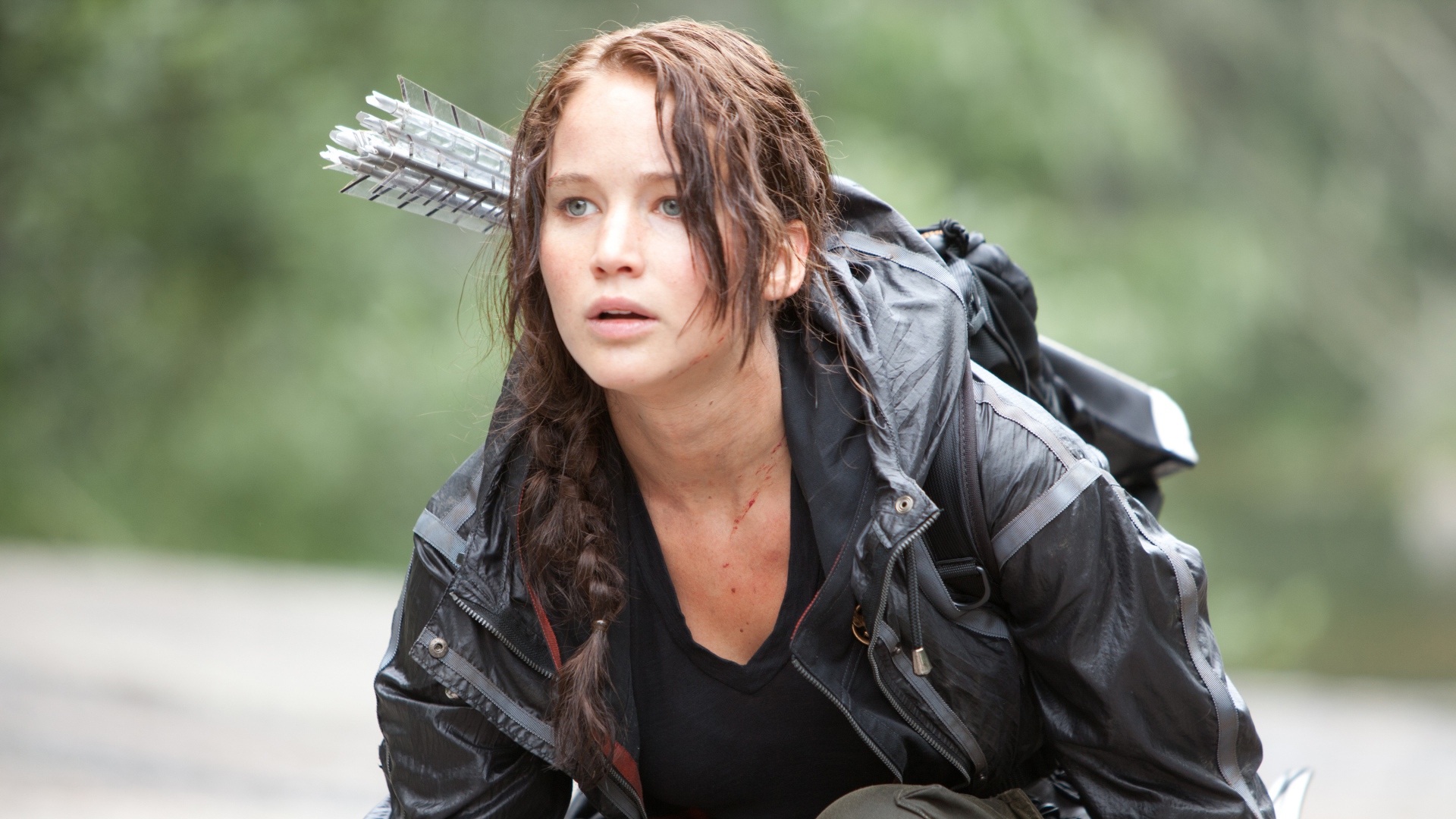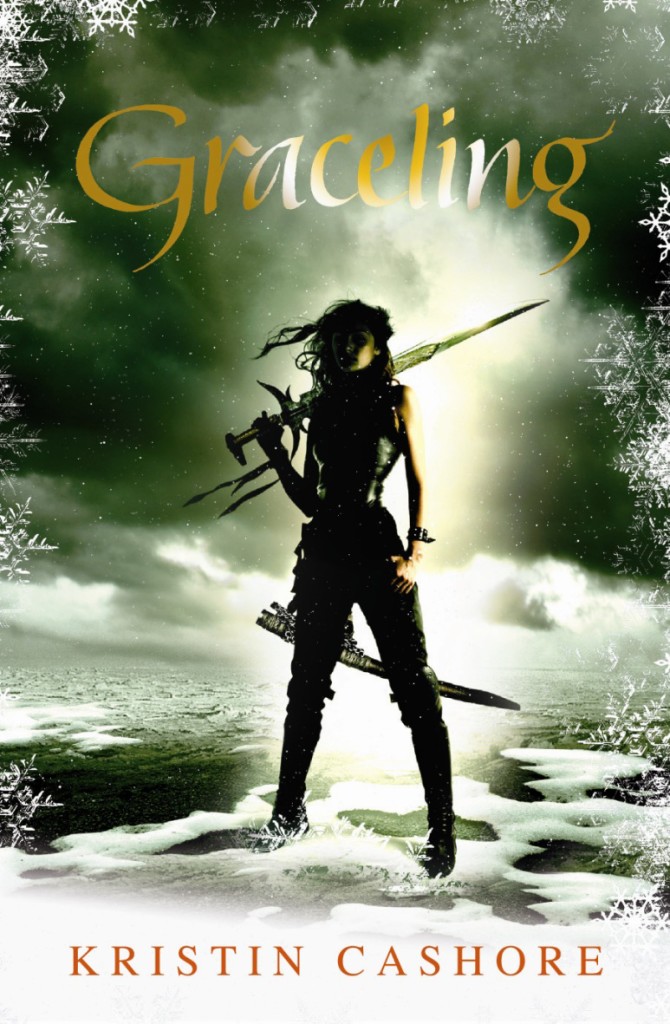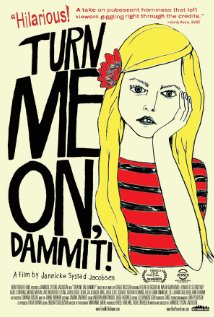This guest post by Esther Nassaris appears as part of our theme week on Violent Women.
We see violence on screen a lot. In fact, some would argue we’ve become desensitised to it. And in a way I think that’s true. After all, a lot of the time it is used solely for shock value, something to make the audience gasp during sweeps week. Or in the case of women, a vile way to sexualise a character further and to feed into the male gaze. Yet violence on The 100 isn’t like that. It’s ingrained in the plot because of the world the show is set in, not thrown in to shock or titillate. It’s explored in an intelligent and thought provoking way. In short, it’s one of the many things that The 100 is doing right.
The premise of the show was brilliant from day one and from the moment one of the leads, Wells (Eli Goree), was killed off in episode 3 “Earth Kills” I knew that this show was different. The show picks up 97 years after a nuclear war is thought to have destroyed all life on earth. The rest of humanity survives on a massive space station, known as The Ark. Yet when resources run low and systems begin to fail they send a group of 100 expendable juvenile delinquents to Earth to see if the land is survivable. The delinquents quickly find out that they are not alone on Earth, and from day one have to fight to survive. In the futuristic world of The 100, discrimination has become a non-issue. The only way to differentiate between people is what clan you’re part of. Everything else just simply doesn’t matter. It’s the shows modern approach to gender, race, and sexuality that allows us a wealth of well-written women who encompass violence in different ways.
Like many sci-fi shows, The 100 is no stranger to violence; however, its relationship with it is complex and ever-changing. As Clarke (Eliza Taylor) is the protagonist of the show, we first consider violence from her perspective. Clarke is initially seen as a more idealistic character, hesitant to use violence and more likely to resist the use of force. This is shown through her immediate disagreements with Bellamy (Bob Morley) when he becomes a leader of the delinquents in a very Lord of the Flies-esque way. However, when one of the delinquents is critically injured in episode 3 “Earth Kills” and begs Bellamy to kill him, Clarke is the one to do it. This act of mercy killing is the first of many moments when Clarke is forced to be violent for the good of others. It not only prompts an important change within herself – she loses her idealistic ways – but it prompts a change in the group dynamics. After this moment, Clarke begins to pull away from the co-leadership she and Bellamy had operated in and moves toward becoming the sole leader of the delinquents.
As a leader Clarke swiftly becomes a much more pragmatic character, understanding that violence is a necessary part of life on the ground. In episode 7 “Contents Under Pressure” we can already see the change in her character as she authorises the use of violence against an enemy clan member. And while she is hesitant at first, she allows it to happen once she realises that it’s necessary to gain the information that she requires. Although she isn’t the one to directly inflict the violence, as a leader of her people it is her that is directly responsible for the actions of her people. While this is a more calculated version of the violence that Clarke has adopted, we see a more instinctual version in episode 11 “The Calm.” While captured by the Grounders, in a desperate attempt to escape Clarke brutally attacks and kills her guard. In this moment violence is clearly the resourceful thing to do. It is a sign of intelligence and strength of character that Clarke not only recognises that she must act quickly, but that she has the ability to do so.
As a sharp juxtaposition to Clarke, we have Octavia (Marie Avgeropoulos). An outsider from day one, Octavia is the first to adapt to the harsh way of life on the ground and is the first to transition into the Grounder clan. This is mainly because of her early acceptance of violence. While Clarke is a master of the calculated and strategic violence; Octavia is a front line kind of fighter. Yet even when Octavia finds her way into the Grounder clan we still see her as an outsider. The 100 plays with the idea that this type of violence isn’t appropriate for femaleness. It makes us challenge our own perceptions. If women are unable to be so powerfully violent, then why does Octavia thrive this way? It’s a very typical male role, and thus The 100 subverts expectations of traditional gender roles.
The Grounders offer the audience yet another viewpoint into violent women. As survivors of the nuclear war, The Grounders have adapted into a survival first way of living. In episode 11 “The Calm” we see that violence is taught from a young age when Anya’s (Dichen Lachman) second is a young girl. Violence is intrinsic for them. They know no other way. In the midst of their fight for survival, concepts of gender, sexuality, and race have largely fallen away. This allows many of the Grounder leaders to be women. Most notably Commander Lexa (Alycia Debnam-Carey), who leads the Grounder clans. However like the Sky People do, we initially distrust the Grounders. We see them as an enemy, and their way of living barbaric and ruthless. While Clarke has some clear reservations about making the harsh decisions to kill or torture, Lexa makes them without questioning it. She knows when these methods are necessary. It is interesting to consider if perhaps this is why some people dislike the character. It is harder to accept a violent woman who is completely committed to these acts. There’s no softening of the blow for the audience. This is who she is and these are the harsh actions that she will not hesitate to make.
As the stakes are raised in season 2, the level of violence also increases and thus morality becomes an even more prominent question on the show. It’s not just the characters that are left wondering whether their choices were right, the viewer is forced to ask the same question. Would we go to such a dark and brutal place? Could we? Often times when you watch a show or a film in which violence is a main theme, there’s a clear right and wrong, a good and evil. We don’t feel bad rooting for someone who’s inflicting so much damage because we know they’re on the good side. But violence on The 100 is presented in a morally grey area. Most importantly, there’s never a separate type of violence for men and women. When Clarke kills hundreds of people to save less than 50 of her own it doesn’t take away from her femininity. It doesn’t make her a masculine character. In fact gender is not taken into account. It makes her a good leader, and perhaps a flawed person, but never any less female.
Esther Nassaris is a Media and Communication student at Glasgow Caledonian University who is passionate about all things television, feminism, and pop culture. She spends most of her time either writing about, or watching television, and would like to become an entertainment journalist. Find her on twitter at @EstNas or blogging on https://tvforfeminists.wordpress.com/
